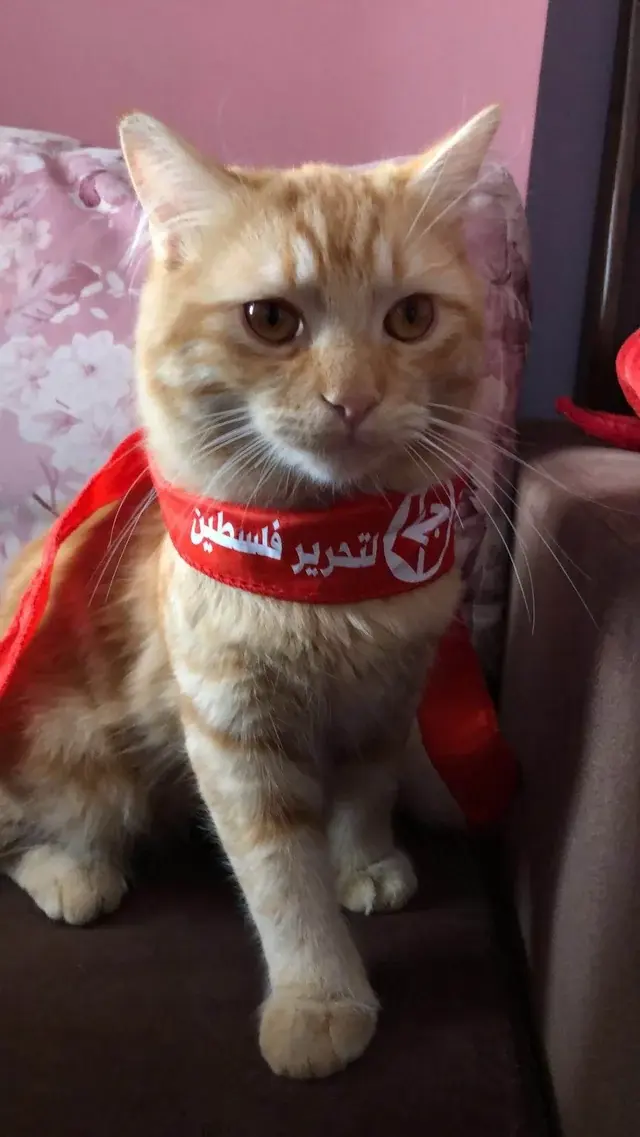After studying DPRK wages and prices for a while, I wanted to make a comparison between the economic life of a north Korean coal miner in North Hamgyong Province compared to one in West Virginia, USA.
Working conditions
Workweek
DPRK: 6 hours/day, 6 days/week (36 hours) Source: Article 30, DPRK constitution caps the working day at 8 hours. For harder professions (like coal mining) the hours are reduced.
USA: 10 hours/day, 5 days/week (50 hours)
Paid Time Off
DPRK: 52 weekends + 71 national holidays + 28 PTO = 151 days
Source: 6-day workweek: The documentary My Brothers and Sisters in the North National Holidays: https://www.youngpioneertours.com/north-korea-holidays/ Paid Time Off: https://archive.org/details/DPRKTexts/Education/Secondary/6/socialist_morality
US: 104 weekends + 11 national holidays = 124 days
% unionized
DPRK: 100% (+ Taean work system giving extra worker democracy)
USA: 17%
Monthly wages & expenses
Wages
DPRK: 360,000 KPW
Source: Western Source: https://www.nkeconwatch.com/category/labor-conditionswages/
Eastern Source: https://www.66law.cn/laws/767918.aspx (1 RMB = 1200 KPW)
USA: 4,600 USD
Rent
DPRK: Free
Source: DPRK Constitution Article 25
USA: 600 USD (13% income)
Utilities
DPRK: Free
Source: SAO Documentary (Unfortunately I don’t remember which episode, I think it’s in Korea World 1 when they tour future scientist street)
USA: 200 USD (4.3% income)
Food
DPRK: Free (From PDS)
Source: DPRK Constitution Article 25. The rationing system is known as PDS.
USA: 710 USD (15.4% income)
Healthcare
DPRK: Free
Source: DPRK Constitution Article 56
USA: 1400 USD (30% income)
Taxes
DPRK: No taxes
Source: DPRK Constitution Article 25
USA: 750 USD (16% income)
Leftover Salary after monthly expenses
DPRK: 360,000 KPW
USA: 940 USD
One-time purchases
Television
DPRK: 22,000 KPW (6% of saved income, subsidized by state)
Source: https://www.38north.org/2020/12/mwilliams121620/
USA: 100 USD (11% of saved income)
Bicycle
DPRK: 250,000 KPW (69% of saved income, unreliable figure)
Source: https://www.dailynk.com/english/bicycles-still-main-driver-of-nort/ (Take a heavy grain of salt)
USA: 100 USD (11% of saved income)
However, most Americans cannot navigate with just a bike and need a car (15,000 USD) while DPRK residents only need a bike due to better-planned towns.
Aspirin, one bottle
DPRK: 600 KPW (0.17% saved income)
Source: Felix Abt’s A Capitalist In North Korea states that aspirin at state-owned stores was 60KPW. Due to the wage reform which occured after he left DPRK prices have generally multiplied by 10x in tandem with wages.
USA: $8 (0.89% saved income)
Eating out at a medium-grade restaurant, per person
DPRK: 20,000 KPW (5.6% saved income)
Source: SAO Documentary eats at several DPRK restaurants and for a few seconds you can see the pricing.
USA: 25 USD (2.8% saved income)
Ski Vacation, per person
DPRK: Free (Paid for by government)
Source: DPRK Constitution Article 71
USA: 2,500 USD (278% saved income)
Long-term Expenses
Childbirth
DPRK: Free (Covered by healthcare)
Source: See free healthcare
USA: 20,000 USD (2200% saved income)
Tertiary Education
DPRK: Free (All universities)
Source: DPRK Consitution Article 47. The state actually pays you a stiped to go to university!
USA: 52,000 USD (4 years at WVU, 5780% saved income)
Funeral
DPRK: Free (Paid for by government)
Source: https://baijiahao.baidu.com/s?id=1781528061338351833&wfr=spider&for=pc
USA: 5000 USD (556% saved income)
Please tell me if I made a mistake or missed out on something crucial. Of course, there is no way to portray the increased workers’ rights and enhanced democratic system in numbers.
Edit 1: Added Sources. Unfortunately most of these sources are from Chinese tourists so your lib friends might not be very willing to pay attention.
Edit 2: I don’t want to give misleading information. Most locally manufactured goods in the DPRK are a higher percentage of income than in the USA, simply because it’s a less developed country and doesn’t have access to cheap imperial labor. However, I didn’t put prices for a lot of consumer goods because the only sources for those are from DailyNK, whose prices make you think that north Koreans are selling organs for shoes and rice cookers. The only other source for prices is tourists goign to department stores which predominantly stock foreign-imported goods. Because of how badly KPW converts to foreign currency (most likely done to attract investment) Chinese-imported goods are insanely expensive in KPW compared to their locally-made counterparts.


funeral, doesn’t need, juche necromancy will bring you back.